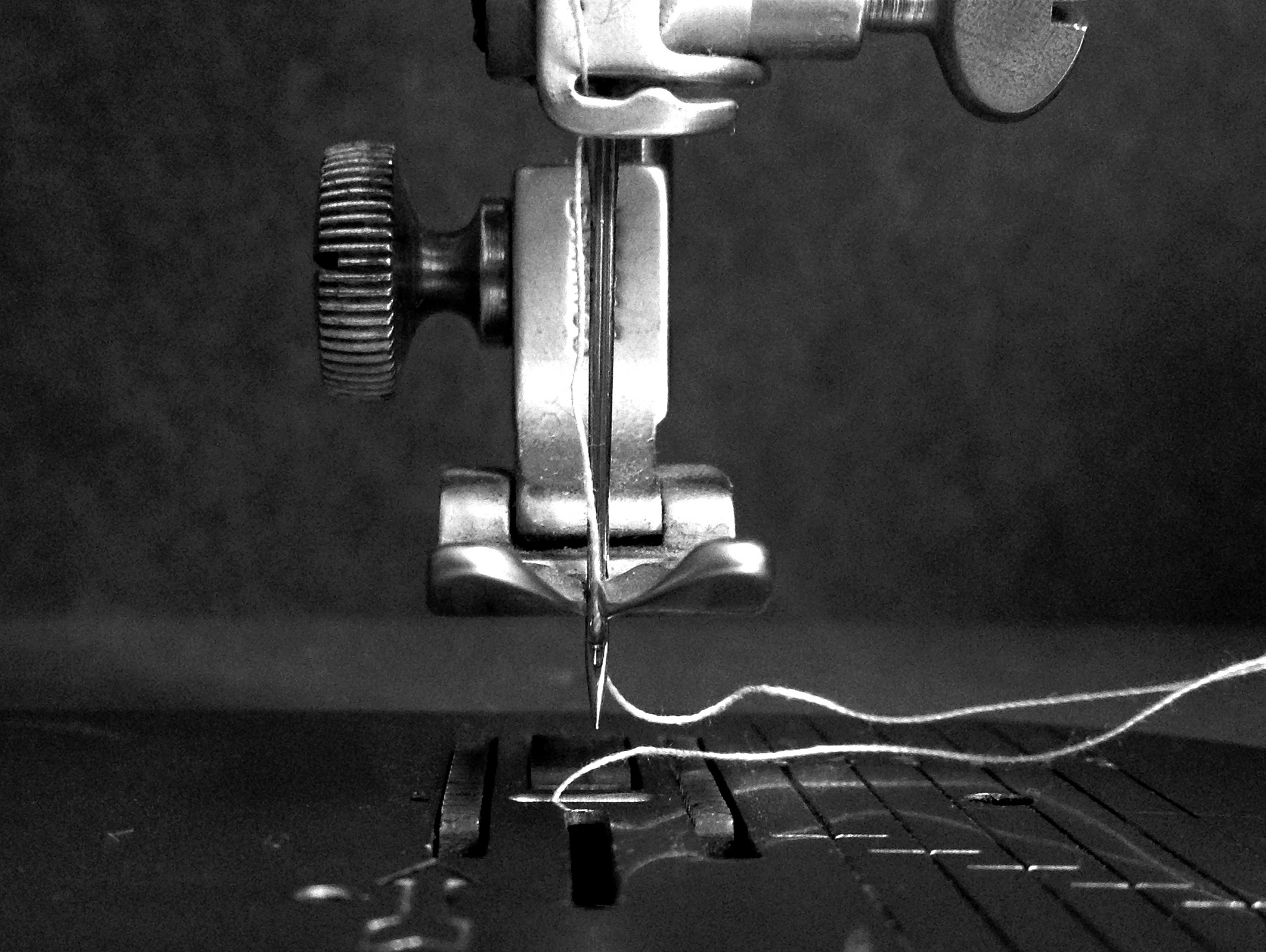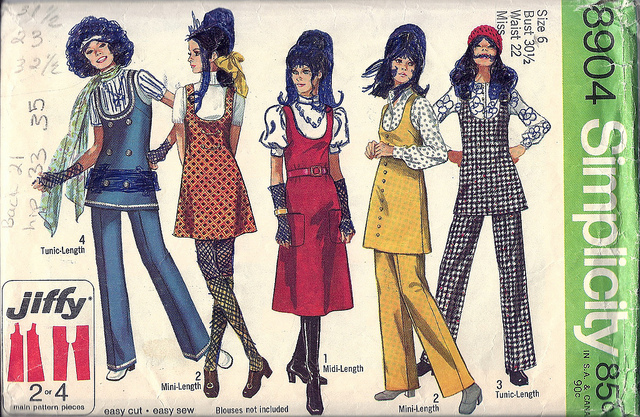Dress for Success: Key Features Smart Clothes Need to Succeed
 You’ve probably heard of dressing smart, smart dressing, and even smart casual. But what’s really becoming fashionable are smart clothes.
You’ve probably heard of dressing smart, smart dressing, and even smart casual. But what’s really becoming fashionable are smart clothes.
Smart clothes are garments that have sensors integrated into them to monitor your body. The sensors may be part of the fabric (such as conductive thread that’s woven or knitted into the material). Sensors can also be attached, or can be applied on the fabric (e.g., screen printing).
The sensors typically come in direct contact with your skin, optimizing their ability to detect your body’s signals. They can detect an amazing range of stimuli from you and your surrounding environment, including mechanical, thermal, chemical, electrical, optical, and magnetic signals.
Sensors in Smart Clothes
Sensors in smart clothes can monitor heart rate, breathing rate, temperature, movement patterns, muscle activity (EMG), brain activity (EEG), electrodermal activity (EDA), pressure, sweat composition, location, and more. They may also monitor environmental characteristics, such as temperature, humidity, altitude, pollution levels, and UV index.
The signals are detected, collected, processed, and stored. They’re transmitted back to you, often via Bluetooth, to your smartphone. Feedback can include parameters such as sleep quality, fatigue, stress, calories burned, and numerous aspects of movement (speed, cadence, joint rotation, stride length, symmetry) in real time. In essence, smart clothing offers a second skin to help you understand what goes on under your real skin.
Tech, Fashion, and Health
We’re still in the initial stages of this exciting field, which weaves together the best in technology, fashion and health, and is part of the overall trend of wearable technology/wearable computing.
Smart clothes will play increasing important roles in sports performance and injury prevention, wellness and health tracking, acute and chronic disease monitoring, and worker safety and productivity, as well as in self-expression and social engagement. As the roles expand, so will the opportunities for both use and abuse.
Key features smart garments need to succeed:
Need / Desirability
- The garment should be designed based on a need, not driven by a technology.
- The garment should improve the wearer’s quality of life, and perhaps even solve a problem.
- The garment should make the wearer feel something: strong, safe, invincible, beautiful, happy, powerful, special, confident, or even … smart!
Wearability
- The clothes should fit comfortably.
- The clothes need to move as we move; they need to bend, stretch, and compress.
- The clothes should be washable, long lasting, and light weight. (Bonus points if they also wick moisture and are breathable.)
- The clothes should be easy to put on and take off so they can be worn by people of all ages and by people with disabilities.
- The clothes should look good.
Smartness
- Sensors should be accurate, reliable, sensitive, specific, and reproducible.
- Sensors should have a high signal to noise ratio (low motion artifacts).
- Sensors should require minimal power and be easy to recharge.
- The sensor data must be secure and private.
- The sensor data should be compatible across many different platforms.
Usability
- The sensor interface should be intuitive to use and provide feedback that’s intuitive and meaningful.
- The sensors should be appropriately conspicuous or discrete.
- The garment should be affordable.
As smart clothes get smarter, our relationship with them will become even more personal. They’ll not only help us express who we are, but also help us understand who we are. They have the potential to profoundly reshape our relationship with our body and to transform our health.
In the future, smart clothes will:
- Be powered by your body.
- Not be tethered to your phone or other gadgets.
- Be customizable: imagine bespoke sensors and feedback.
- Not only sense you and your environment, but anticipate and react.
- Provide an even greater form of self-expression and group expression.
- Merge with the Internet of Things (IoT) to become the Integration of You (IoY).
- Solve problems you didn’t even know you had.
- Help you tell stories about who you are.
What characteristics do you think are key? What do you think the future will bring?
Popular related posts
What if Wearable Tech was like Press-on Nails?
Leonardo Da Vinci Wearable Tech Flip Book
The Future of Activity Monitoring: Innovating Beyond Steps, Sleep, and Speed
Self-tracking meets ready-to-wear
Is your activity tracking gadget accurate? Do you care?
Wearable Tech Pinterest Board (Extensive listing of tracking gadgets, gizmos and garments)
Recommended resources on smart clothes / wearable tech / Fashion tech
Ecouterre – wearable technology
Electric Runway
Fashion Nerd
Third Wave Fashion
Wearable
The Wearable Guru
Women of Wearables
WT | Wearable Technologies
WT VOX

Image: Simplicity 8904 – c. 1970, courtesy of ionascloset via Flickr Creative Commons
Caption: “I love the girl who drew in the bouffants and fishnets.” (Ditto!)
Top image: Stitching Machine, courtesy of Theen Moy via Flickr Creative Commons








